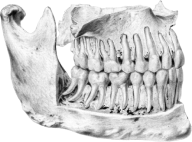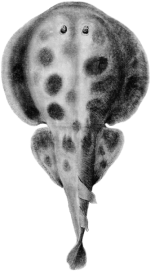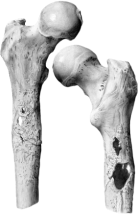
Sir John Tomes: Victorian dental pioneer
22nd June 2010–8th January 2011
Sir John Tomes: Victorian Dental Pioneer commemorates a man who spent his life working towards the improvement of dental practices and qualifications. Tomes was born on 21 March 1815. He was first apprenticed to an apothecary before beginning his medical studies at Kings College London. A man of great academic as well as practical skills, he began his research into teeth while still a medical student. He then abandoned medicine to pursue a career in dentistry which at the time required no qualifications. He held Dental Surgeon posts first at Kings College Hospital and later at the Middlesex Hospital as well as running a private practice in Marylebone.
Between 1838 and 1856 he submitted five papers to the Royal Society and was made a fellow in 1850. His earliest paper looked at the microscopic structure of human and animal teeth and compared teeth against bone. His final and most famous paper gave rise to term ‘Tomes Fibrils’ still used today to describe the fibres in the dentine connected to the pulp. A selection of his own microscope slides detailing animal dental specimens are also on view. Published studies that Tomes made are presented alongside the actual specimens, which were donated to the museum collections before Tomes’ death in 1895.
Tomes demonstrated his practical side with his designs of new-style forceps for tooth extraction. These he popularised during his lifetime and ensured through collaborations with well-known instrument manufacturers of the day such as Evrard, that these were represented in early dental catalogues. His other great innovation was the dentifactor – a mechanical way to carve ivory dentures quickly and accurately.
In later life Tomes turned his attention to the political side of the profession and following his success in the introduction of the LDS in 1860, he worked hard to ensure that only qualified persons could practise and this required registration. He obtained support for an Act of Parliament which was passed in 1878 restricting the use of the word ‘dentist’ to suitably qualified persons.
As the first person to register under this act, Tomes can be argued to be England’s first official dentist; a copy of this certificate is on display. To enforce the act, Tomes and other leading dentists formed the British Dental Association in 1880 of which he was the first president.
Knighted in 1886 for eminent services rendered to his profession, he resigned from the BDA not long afterwards and retired to his home in Caterham, Surrey.
Some images of Tomes are included in the exhibition although the majority of the display is made up from Tomes’ personally prepared skulls and teeth, alongside animal skeletal remains that relate to the investigative work Tomes undertook. A selection of illustrations is displayed next to the preparations that they were drawn from.
Tomes’ numerous achievements are difficult to summarise but the clear outcome is that through his work, Tomes elevated dentistry from a basic trade to a skilled medical profession.


